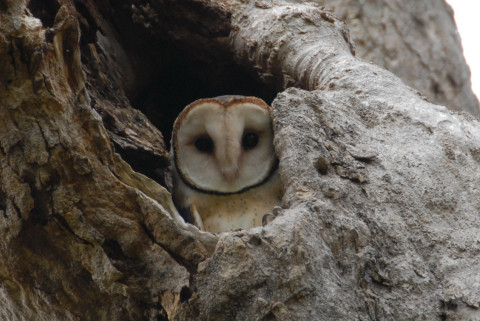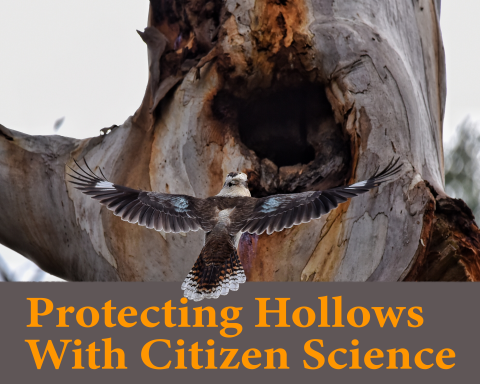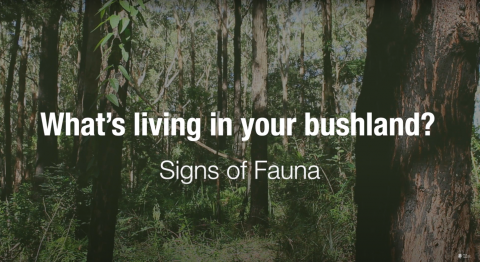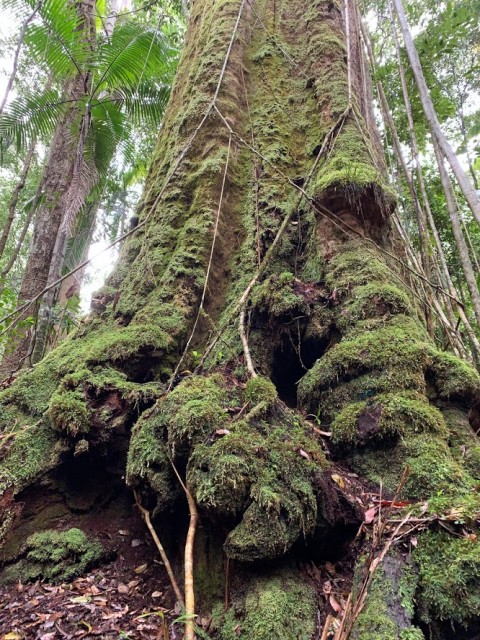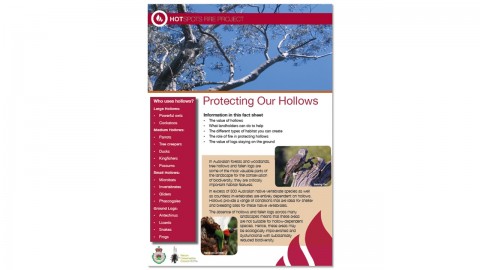Continuing its mission to monitor and protect essential large forest owl populations, the Nature Conservation Council of NSW’s (NCC)...
Protecting Hollows With Citizen Science
Around the country, communities are using the power of citizen science to help protect a highly ecologically valuable and...
Ever wondered who your fury, scaly and feathered neighbours are? What lives in your local bush or your backyard?...
Old Growth Forests: when giants fall….
Kim Stephan, ecologist and NCC representative on the Far North Coast Bushfire Management Committee, shares her insights on the...
Protecting Our Hollows Fact Sheet
A four-page fact sheet on the importance and value of hollows as habitat for wildlife has been created by...
NCC ecologist, Mark Graham recently helped run a Fire Ecology Field Day at Bonnells Bay, Lake Macquarie. This transcript...
Here is a link to a great reference document (Reducing the effect of planned burning on hollow bearing trees) created by Victoria's environmental department that provides clear methods and discussion around how to protect hollow bearing trees during planned burns.
Search
Log In
Forums
Tags
2020 Fires
African Lovegrass
biodiversity
BMAD
bushcare
bushfire
bushfire conference
climate
climate change
Conferences
Cultural burning
data
Ecological burning
Events
Fauna
Featured
Ferals
Fire
Fire management
Fire severity
Flammability
Hazard Reduction
Hollows
how to
koalas
Lantana
Monitoring
Planning
plants
post-fire
Prescribed burns
prevention
Rainforest
Research
resources
Restoration
Risk
Setaria
threatened species
trials
Vegetation
vulnerable species
weeds
wildfire
wildlife

